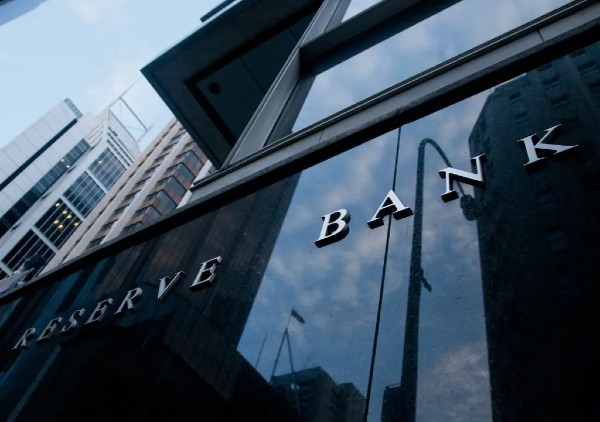
This month’s pause in the August monetary policy decision is in line with ANZ and NAB economists’ forecast of a rate pause.
RBA Governor Philip Lowe said the higher interest rates are effectively promoting a more sustainable equilibrium between supply and demand within the economy, and this effect is expected to persist moving forward.
“In light of this and the uncertainty surrounding the economic outlook, the Board again decided to hold interest rates steady this month. This will provide further time to assess the impact of the increase in interest rates to date and the economic outlook,” he said.
Here are the highlights from monetary policy decision statement from Philip Lowe:
On inflation:
- Inflation in Australia is declining but is still too high at 6%. While there has been a moderation in goods price inflation, the prices of numerous services continue to rise at a rapid pace.
- The central forecast is for CPI inflation to continue to decline, to be around 3.25% by the end of 2024 and to be back within the 2% to 3% target range in late 2025.
On labour market:
- Conditions remained tight despite minor easing — job vacancies and advertisements remain at high levels, but labour shortages have lessened.
- With the economy and employment forecast to grow below trend, the unemployment rate is expected to rise gradually from its current rate of 3.5% to around 4.5% late next year.
On the economy:
- The Australian economy is currently undergoing a phase of below-trend growth, and this trend is projected to persist for the foreseeable future.
- Both household consumption and dwelling investment are displaying weak growth rates.
- The central forecast estimates GDP growth at approximately 1.75% in 2024, with a slight improvement to a little above 2% in the subsequent year.
On uncertainties and RBA’s priorities:
- Returning to inflation target remains the priority.
- To date, medium-term inflation expectations have been consistent with the inflation target, and it is important that this remains the case.
- The recent data are consistent with inflation returning to the 2% to 3% target range over the forecast horizon and with output and employment continuing to grow.
- Services price inflation has been surprisingly persistent overseas and the same could occur in Australia.
- While some households are facing financial constraints and challenges, others are benefiting from increased housing prices, substantial savings buffers, and higher interest income.
- To ensure that inflation returns to the target within a reasonable timeframe, there might be a need for additional tightening of monetary policy.
CreditorWatch economist Anneke Thompson said the better-than-expected inflation rate over the June quarter, as well as slowing retail sales growth points to cooling economic conditions.
“And while the unemployment rate is still at record low levels, the forward indicators of employment conditions all point to a much tighter jobs market going forward," she said.
Ms Anneke said the likely upwards movement in unemployment rate over the second half of 2023 would further reduce inflationary and wages pressure.
“NAB’s Monthly Business survey shows capacity utilisation is down to 83.5%, which is the lowest read since April 2022 — capacity utilisation is a very good leading indicator of the unemployment rate, and falling utilisation typically means a higher unemployment rate in three to six months’ time,” she said.
Furthermore, Ms Thompson said CreditorWatch’s June Business Risk Index (BRI) showed that B2B trade payment defaults was at record high levels and around 50% higher than during the same period last year.
“This means a record number of late payment defaults were lodged by one business against another, highlighting just how tight cash flow is for some companies,” she said.
“It appears that savings levels of both consumers and businesses are now having a considerable impact on consumers’ ability to spend on discretionary items and for some businesses to be able to pay their bills on time.”
